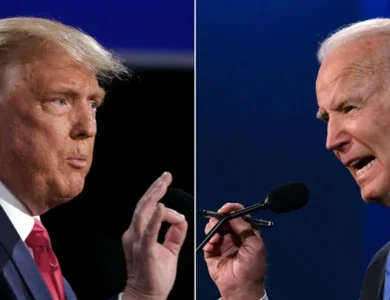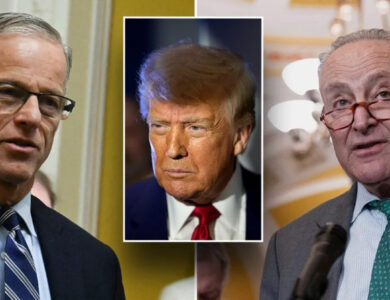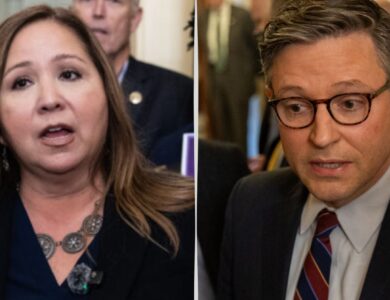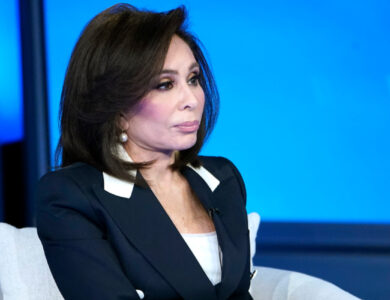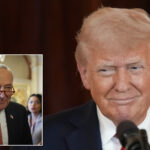Trump Rolls Out ‘Reciprocal Tariffs’ On Nations With No U.S. Deal
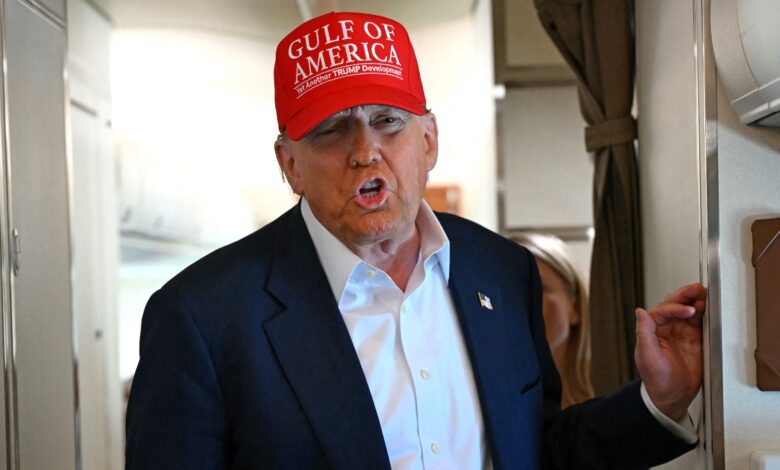
President Trump announced that starting Friday, his administration will begin imposing “reciprocal” tariffs on countries that have not reached a tentative trade agreement with the U.S., with some of the new tariffs reaching as high as “60 or 70%.”
“We’re going to start sending letters out to various countries starting [Friday]. We’ll probably have 10 or 12 go out,” the president told reporters after midnight as he returned from a speech at the Iowa State Fairgrounds, the New York Post reported.
“I think by the 9th [of July] they’ll be fully covered, and they will range in value from maybe 60 or 70% tariffs to 10 and 20% tariffs,” he added.
Read more: Clinton Strategist Predicts Disaster For Dems If AOC Is ’28 Nominee
The higher rates suggest Trump may raise tariffs on certain countries beyond the levels outlined in his April 2 “Liberation Day” announcement, which set a new baseline tariff of 10%—about three times the previous rate—and imposed steep duties on nations with significant trade imbalances with the U.S.
The highest previously announced “reciprocal” tariffs—tied to each country’s trade deficit with the U.S.—were 49% for Cambodia, a major producer of clothing and footwear; 48% for neighboring Laos; and 47% for Madagascar, the world’s leading exporter of vanilla.
“We’ve done the final form, and it’s basically going to explain what the countries are going to be paying in tariffs,” Trump told reporters early in the day on Friday.
“It’s a lot of money for the country, but we’re giving them a bargain. … I don’t want to stretch it too much, we want to keep it pretty reasonable,” he said, per The Post.
Read more: AOC Fears Arrest As She Has Not Heard Back From Department Of Justice
Trump stated that he expected to send up to a dozen letters to countries each day until the Wednesday deadline he set for negotiations.
“As we get to the smaller countries, we’re pretty much going to keep the tariffs the same,” he said. “They’ll start to pay on Aug. 1. The money will start to come into the United States on Aug. 1 in pretty much all cases.”
It remains unclear which countries will be hit with tariffs in the 60 to 70% range, but Trump’s renewed hardline trade rhetoric comes amid a string of strong economic signals, The Post noted.
June job growth once again beat expectations, inflation held close to the Federal Reserve’s 2% target at 2.4% in May, and major stock market indices reached record highs this past week.
Read more: ‘Total Ban’: Nancy Pelosi Backstabbed by Democrats
Critics of Trump’s aggressive trade strategy warn it could lead to steep price increases for consumer goods imported from overseas, said the outlet.
Trump has already secured tentative trade agreements with China, the UK, and Vietnam, along with a “roadmap” deal with India, and has extracted significant trade concessions from Israel and Taiwan. However, many countries facing the looming tariffs—including key partners like Japan and the European Union—have yet to reach an agreement.
Trump has taken a skeptical tone toward trade talks with Tokyo, which currently faces a 24% tariff. Meanwhile, the European Union is staring down a potential 50% rate—more than double the original 20%—after Trump raised the figure in retaliation for the bloc’s proposed digital tax targeting major U.S. tech companies.
Three preliminary trade deals have been announced, but they only partially ease the impact of the new tariffs.
Read more: MSNBC Smears Trump for Actually Taking in Refugees – Wait Until You See Who They Are
Under the proposed UK agreement, Trump’s 10% baseline tariff on most goods would remain, but the majority of British-made cars, steel, and aluminum would be exempt from a separate 25% hike. In exchange, the UK reportedly agreed to expand access to its market for U.S. meat and ethanol.
The agreement with China rolled back some of the retaliatory tariffs while leaving room for a broader deal in the future. Trump said Beijing also committed to opening its markets to more American exports.
Vietnam, previously facing a looming 46% tariff, will instead be subject to a reduced but still steep 20% rate—rising to 40% on products routed through third countries such as China.
Most Canadian and Mexican exports remain protected under the USMCA, insulating them from the broader trade war.
Read more: Federal Judge Says YES – Gives Trump Biggest Win Of His Presidency
However, in March, Trump imposed 25% tariffs on select goods outside that framework as leverage to push both countries to curb fentanyl trafficking and illegal immigration.
